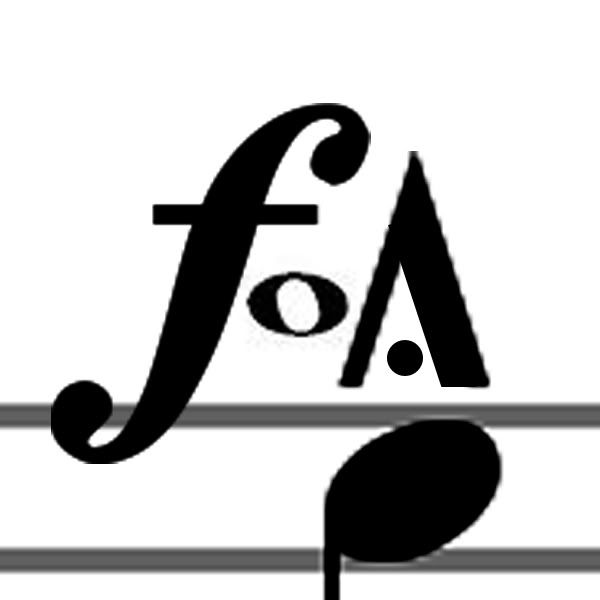As a game worth $1.99 on the Nintendo eShop, I figured it’d be a pretty cheap and mindless experience with nothing to write home about. And to be honest, at first I thought so too – it’s a simple run-and-gun platformer in the same vein as Megaman, albeit simpler and less demanding. However, once I gave it a few more run-throughs, I realized that it was a great textbook game to teach aspiring game developers on how to create a satisfying challenge while keeping things interesting.
Plus, the music itself is really cool too! Let’s check it out.
As I said, it’s a really simple game. It’s got a simple plot too – Ms. Johnson, your girlfriend, is kidnapped, and you gotta go save her. Brush off hands, we’re done here. It’s all about the gameplay and music from now on.
And the music is quite interesting, for a game that encourages shooting up everything in sight – this includes other cowboys, robots, rabbits, cowboys on horses, and ducks. You’d think the music is going to feature something that will boost your adrenaline, much like Megaman’s soundtrack.
…Nope.
You get a pretty cool and laid back cowboy tune instead. I love the little introduction that the guitar makes – it makes for an instant audio cue to be associated with the game. I will admit, I did not find myself humming along to this song, mainly because the main tune on the synth flute isn’t particularly memorable or interesting. However, this tune does establish a great character and atmosphere for the game – yes, the action on screen is a run and gun, but you’re playing as a cool cowboy. He’s not going to charge head long into battle – he’ll take his damn time.
There are times, though, when the game acknowledges its Megaman roots. Check this one out:
Classic 8-bit stuff, with a bit of the old cowboy guitar playing in the background. It’s a great way for the game to pay tribute to its classic roots in many other run and gun games. Plus, it’s really well put together, much like a Classical period – it has an antecedent and consequent, which leads to a concluding section. It’s simple, but it knows that simple is often the best thing since sliced bread.
Now I will proceed to something I never usually do in Sound in Games – encourage you to buy the soundtrack! This game is being sold for $1.99 at the eShop, and you know how much the soundtrack is being sold for? A single dollar. A DOLLAR!! There should be no excuse. Pick up the music – these guys definitely deserve it.
Plus, the last track on the album is probably my favourite track in the entire game – it’s an 8-bit rendition of the first song I showed on this blog. It is really, really cool.
CLICK HERE TO BUY THE SOUNDTRACK!
And buy the game, for that matter. It’s worth skipping your usual morning coffee for.










